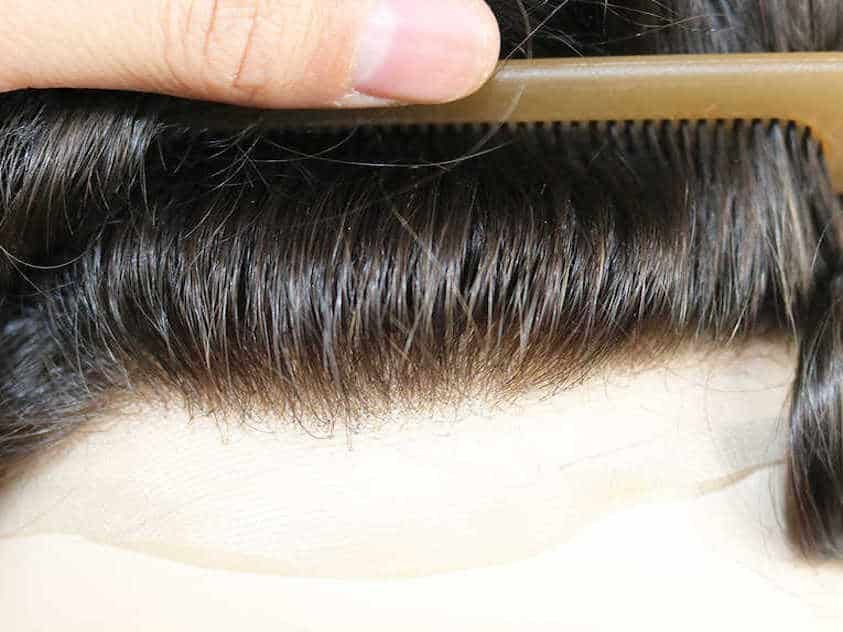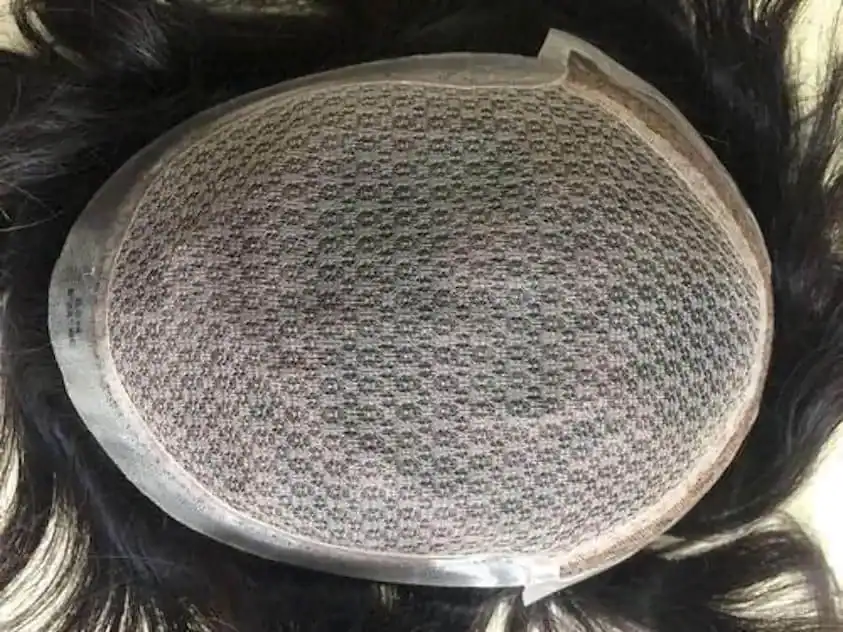Hair transplant has emerged as a long-term and reliable solution for baldness and hair thinning. With advanced techniques available across India, it’s essential to understand what you’re investing in—both medically and financially.
This comprehensive guide offers a detailed breakdown of hair transplant costs in India for 2025, the factors that affect pricing, a cost-per-procedure comparison, the hair transplant pros and cons, and answers the all-important question: is hair transplant worth it?
What Is a Hair Transplant?
A hair transplant is a surgical procedure that moves hair follicles from a part of the body (typically the back or sides of the scalp, known as the “donor area”) to a bald or thinning part (the “recipient area”).
There are several techniques, and each comes with its own pricing, recovery time, and success rate:
- FUT (Follicular Unit Transplantation): A strip of skin with hair is removed and dissected into grafts.
- FUE (Follicular Unit Extraction): Individual follicular units are extracted directly.
- DHI (Direct Hair Implantation): A more advanced version of FUE, offering better precision.
- Robotic Hair Transplant: AI-assisted extraction and implantation for precision and minimal human error.
Average Hair Transplant Cost in India in 2025
Hair transplant pricing in India is primarily calculated per graft. The cost varies based on the technique used.
Per Graft Cost (Approximate)
| Technique | Cost per Graft (₹) | Description |
| FUE | ₹30 – ₹45 | Popular, minimally invasive |
| FUT | ₹25 – ₹40 | Economical, involves stitches |
| DHI | ₹60 – ₹100 | High precision, premium technique |
| Robotic Hair Transplant | ₹70 – ₹120 | AI-driven, premium pricing |
Note: 1 graft = 1 to 3 hair follicles
Typical requirement: 1000 to 5000 grafts depending on baldness level.
Example Cost Breakdown
| Baldness Level | Grafts Needed | FUE Estimated Cost |
| Grade 2 | 1000 – 1500 | ₹30,000 – ₹67,500 |
| Grade 3 | 1500 – 2500 | ₹45,000 – ₹1,12,500 |
| Grade 4 | 2500 – 3500 | ₹75,000 – ₹1,57,500 |
| Grade 5+ | 3500 – 5000+ | ₹1,05,000 – ₹2,25,000+ |
What Affects the Cost of Hair Transplant in India?
1. Number of Grafts Required
- More bald area = more grafts = higher cost.
- A proper consultation will estimate your graft requirement based on Norwood or Ludwig scale.
2. Technique Used
- FUE is cost-effective and widely used.
- DHI and robotic methods are priced higher due to better precision and less downtime.
3. Surgeon’s Expertise
- Highly experienced and certified surgeons may charge more but often ensure better results.
- Reputation, experience, and demand influence pricing.
4. Clinic Infrastructure & Equipment
- Well-equipped clinics with high-end tools, sterilization protocols, and advanced technologies may have higher consultation and procedure charges.
5. Post-Surgery Support
- Includes medications, PRP sessions, follow-ups, and recovery kits.
- Often bundled as part of the full package, but may also be charged separately.
6. Geographic Location
- Metro cities generally charge more than tier-2 cities.
- International patients may pay slightly higher due to premium packages.
City-Wise Cost Comparison (2025)
| City | Cost per Graft (FUE) |
| Delhi NCR | ₹30 – ₹60 |
| Mumbai | ₹35 – ₹70 |
| Bangalore | ₹30 – ₹65 |
| Hyderabad | ₹25 – ₹55 |
| Kolkata | ₹25 – ₹50 |
| Chandigarh | ₹30 – ₹55 |
Hidden or Additional Costs to Consider
- Consultation fees: ₹500 – ₹2,000 (waived off in many clinics if you opt for the procedure)
- Pre-operative tests: ₹1,000 – ₹2,500 (blood work, scalp analysis, etc.)
- Medications: ₹2,000 – ₹5,000 for antibiotics, painkillers, and anti-swelling drugs
- Post-operative care kits: ₹1,500 – ₹4,000
- PRP sessions (optional but recommended): ₹4,000 – ₹8,000 per session (usually 2–4 sessions)
Some clinics offer all-inclusive packages that may seem higher initially but cover consultation, surgery, follow-ups, and medication—often saving money overall.
Hair Transplant Pros and Cons
Before making a decision, weigh the advantages and disadvantages carefully.
Pros
- Permanent, natural-looking results
- Customized hairline design based on age and face structure
- Minimal maintenance after growth phase
- Improved self-esteem and appearance
- Cost-effective in the long term compared to recurring non-surgical treatments
Cons
- Results take 6 to 12 months to fully appear
- Some shedding (shock loss) after surgery is normal
- Possible side effects include swelling, numbness, or minor infection (rare with proper care)
- Not everyone is a candidate (e.g., poor donor area, certain medical conditions)
- Cost can be substantial for higher baldness grades
Is Hair Transplant Worth It?
A common concern is: “Is hair transplant worth it?”
It is worth it if:
- You are medically eligible (good donor area and overall health)
- You choose a qualified, experienced surgeon
- You have realistic expectations (not aiming for teenage density)
- You want a permanent solution without daily upkeep
Compared to repeated spending on temporary fixes (wigs, hair fibers, medications), a one-time hair transplant often proves to be a cost-efficient and confidence-boosting solution in the long run.
Upcoming Trends in Hair Transplant (2025)
The Indian hair restoration industry is witnessing rapid technological advancements:
- Sapphire Blade FUE – Offers precise incisions and minimal scarring
- Robotic Harvesting – Improves speed and graft survival
- No-Shave Techniques – Ideal for working professionals needing discreet options
- PRP + GFC Therapy Integration – Enhances growth and healing
- Customized Density Planning – AI-based software to create natural hairlines
Checklist Before Choosing a Clinic
- Board-certified and experienced surgeon
- Transparent pricing with a detailed breakdown
- Before-and-after portfolio of real patients
- Modern surgical tools and hygiene protocols
- Good reviews and reputation in the market
Final Thoughts
Hair transplant is more than a cosmetic investment—it’s a personal transformation. India, with its skilled surgeons and affordable prices, continues to be one of the leading destinations for hair restoration procedures.
Before undergoing the treatment, take time to understand the hair transplant pros and cons, analyze your needs, and ask the right questions during your consultation.
For many, the answer to “is hair transplant worth it?” is a confident yes—when done under expert care, it offers natural, lifelong results that go far beyond appearance.







